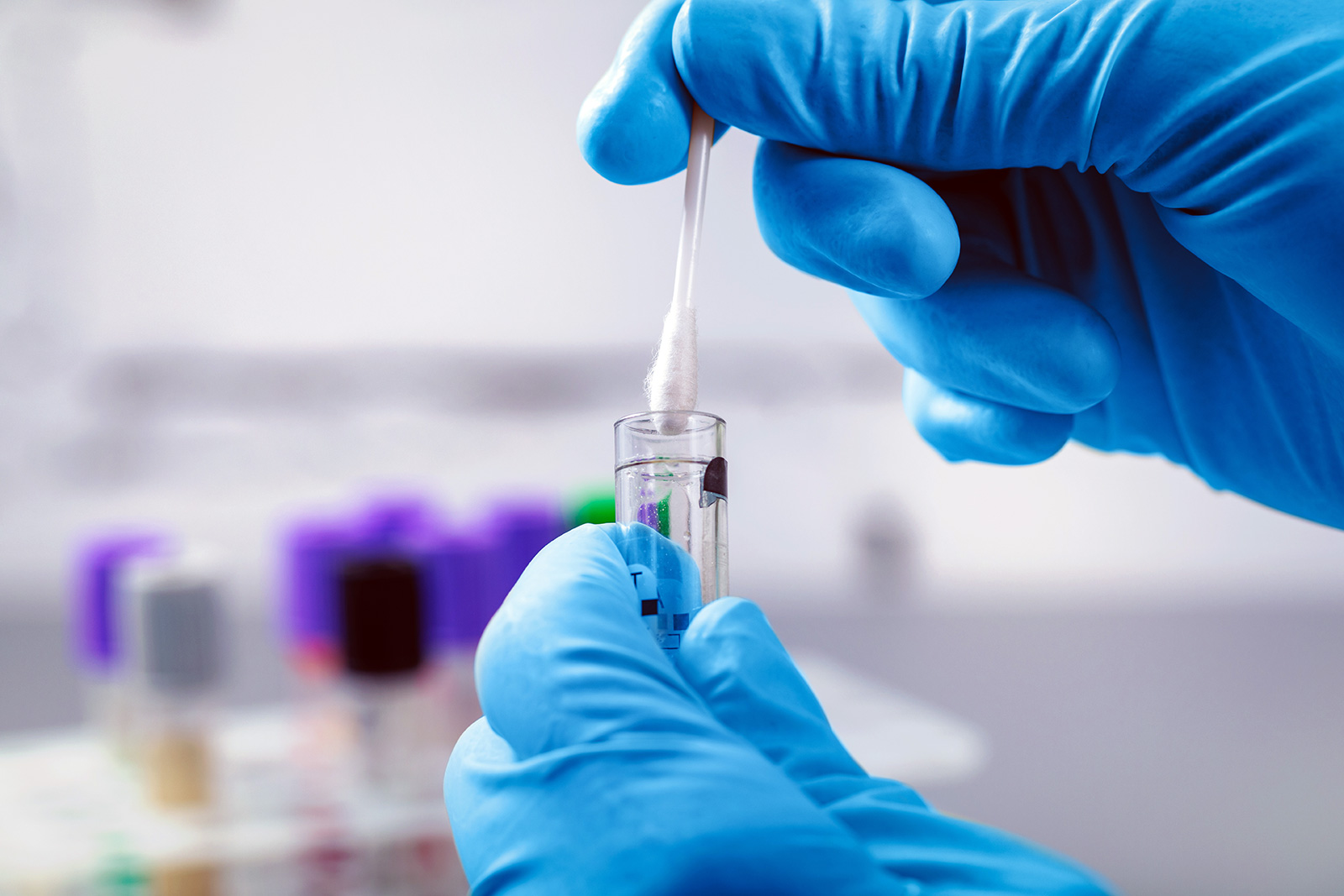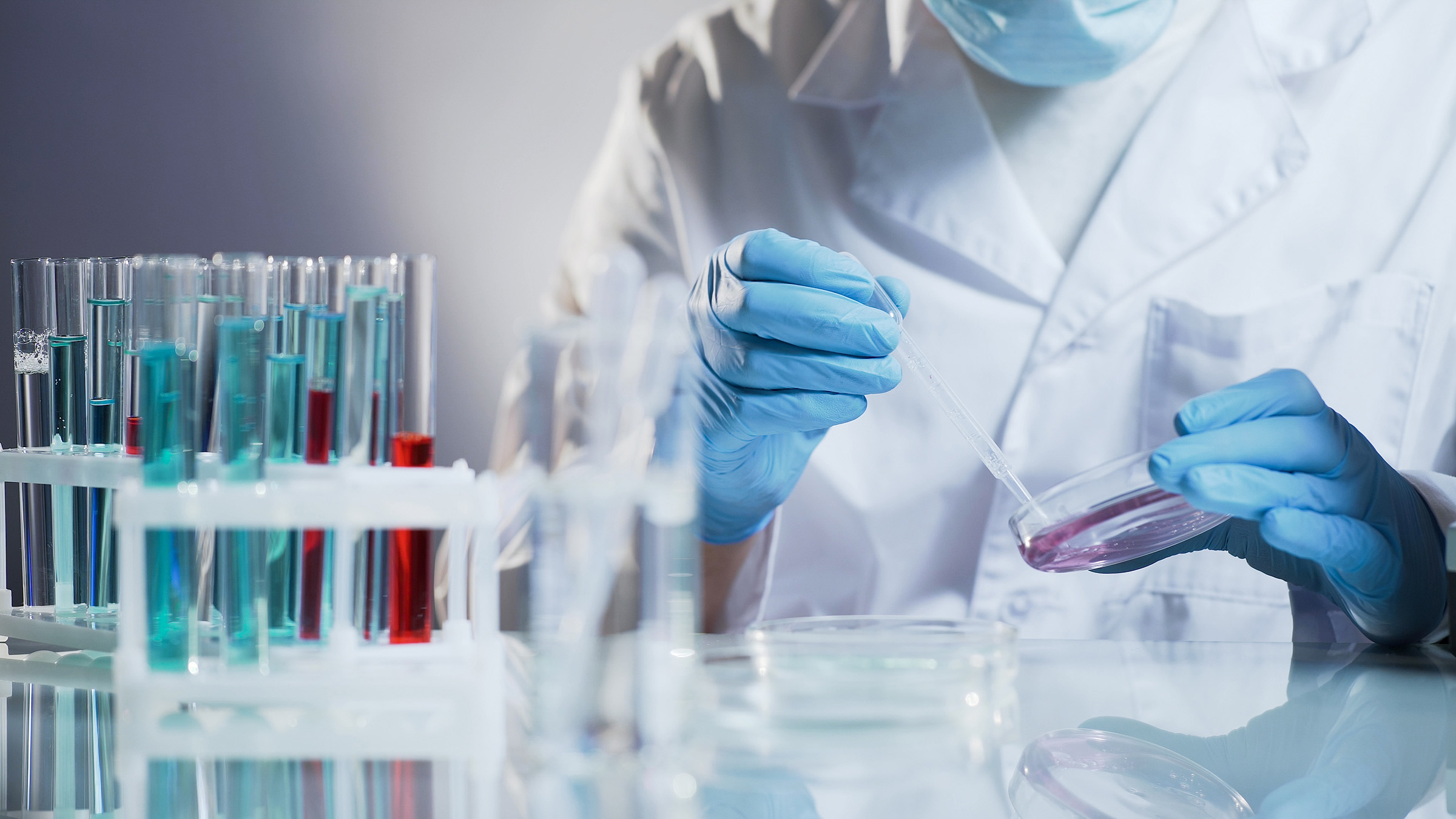Scientists have watched two lifeforms merge in a once-in-a-lifetime evolutionary event. The event is so rare that scientists say it has only ever happened twice that we know of, and each time led to a massive evolutionary breakthrough.
The first of these breakthroughs happened roughly 2.2 billion years ago, researchers say. That event led to the evolution of mitochondria, which eventually helped allow for the formation of all complex forms of life. The second of these events happened around 1.6 billion years ago, though, and is when more advanced cells absorbed cyanobacteria, leading plants down the evolutionary path that we see today.
Now, scientists say this once-in-a-lifetime evolutionary event is happening again, and that it could lead to yet another evolutionary breakthrough. The event appears to be happening in a species of algae known as Braarudosphaera bigelowii, which has now engulfed a cyanobacterium that allows them to do something algae and plants don’t normally do – “fix” nitrogen direction from the air.

It isn’t very clear what kind of evolutionary breakthrough this change might constitute, but it does show that something is happening in this class of algae that we haven’t really seen before. The researchers also found that the size ratio between the algae and the bacterium, which is known as UCYN-A, is similar across multiple related species of algae. The growth, then, appears to be controlled by the exchange of nutrients, which appears to lead to linked metabolisms between the bacterium and the algae.
The researchers say that this is exactly the same thing that happened the last two times we saw this kind of once-in-a-lifetime evolutionary event. And that the changes seem to scale with the cell. Further digging into the new relationship between these two lifeforms shows that the UCYN-A is only able to produce around half of the proteins that it needs, thus making it rely on the algae to produce the other half.
This shows, then, that the lifeforms are moving from endosymbionts to organelles and that, eventually, we could see these two types of cells blending in together even more. One possible output of this research could help provide new ways to produce better crops by incorporating nitrogen-fixing into other plants using similar methods.

